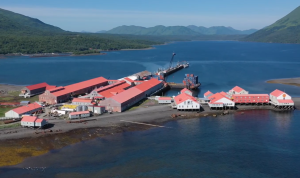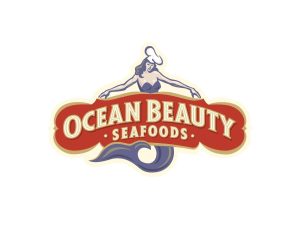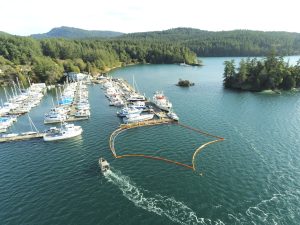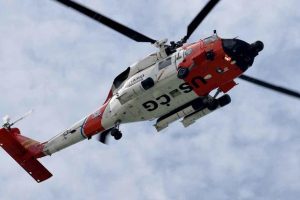Peter Pan Seafoods in Receivership, $60 Million in Debt
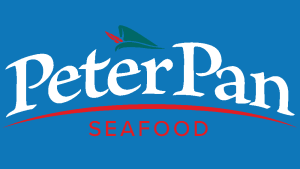 The financial troubles of Peter Pan Seafoods have escalated. The King County Superior Court in Washington state has approved a request from Wells Fargo Bank to place the seafood processor into receivership. Peter Pan’s financial affairs will be overseen by the Los Angeles-based Stapleton Group.
The financial troubles of Peter Pan Seafoods have escalated. The King County Superior Court in Washington state has approved a request from Wells Fargo Bank to place the seafood processor into receivership. Peter Pan’s financial affairs will be overseen by the Los Angeles-based Stapleton Group.
The petition filed last week by Wells Fargo Managing Director Gary Harrigian asked the court to appoint Stapleton Group as controller of Peter Pan Seafoods assets.
Mr. Harrigian asserted in his petition that appointing a receiver was imperative “to protect, preserve and maximize the value of the business and assets, including, without limitation, the collateral, and its revenue-producing potential to avoid further loss, injury and impairment.”
 Maritime Injury Law Blog
Maritime Injury Law Blog


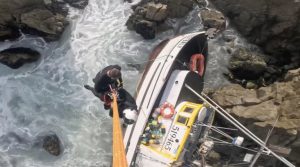
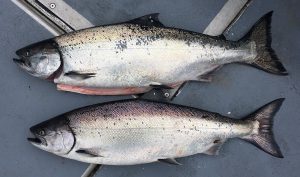
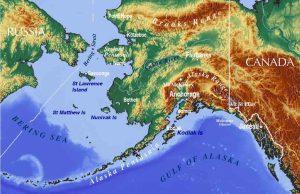
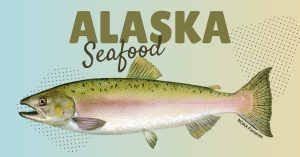 On Tuesday February 14th, 2024, the Alaska Seafood Marketing Institute (ASMI) announced that the U.S. Department of Agriculture (USDA) will make a significant purchase of Alaska salmon and pollock in support of food and nutrition initiatives.
On Tuesday February 14th, 2024, the Alaska Seafood Marketing Institute (ASMI) announced that the U.S. Department of Agriculture (USDA) will make a significant purchase of Alaska salmon and pollock in support of food and nutrition initiatives.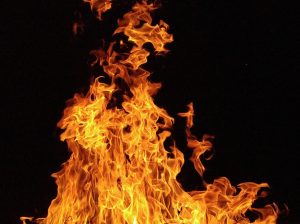 On Wednesday, February 7th, 2024, a fire broke out at the Peter Pan Seafood facility in Sand Point, Alaska.
On Wednesday, February 7th, 2024, a fire broke out at the Peter Pan Seafood facility in Sand Point, Alaska.